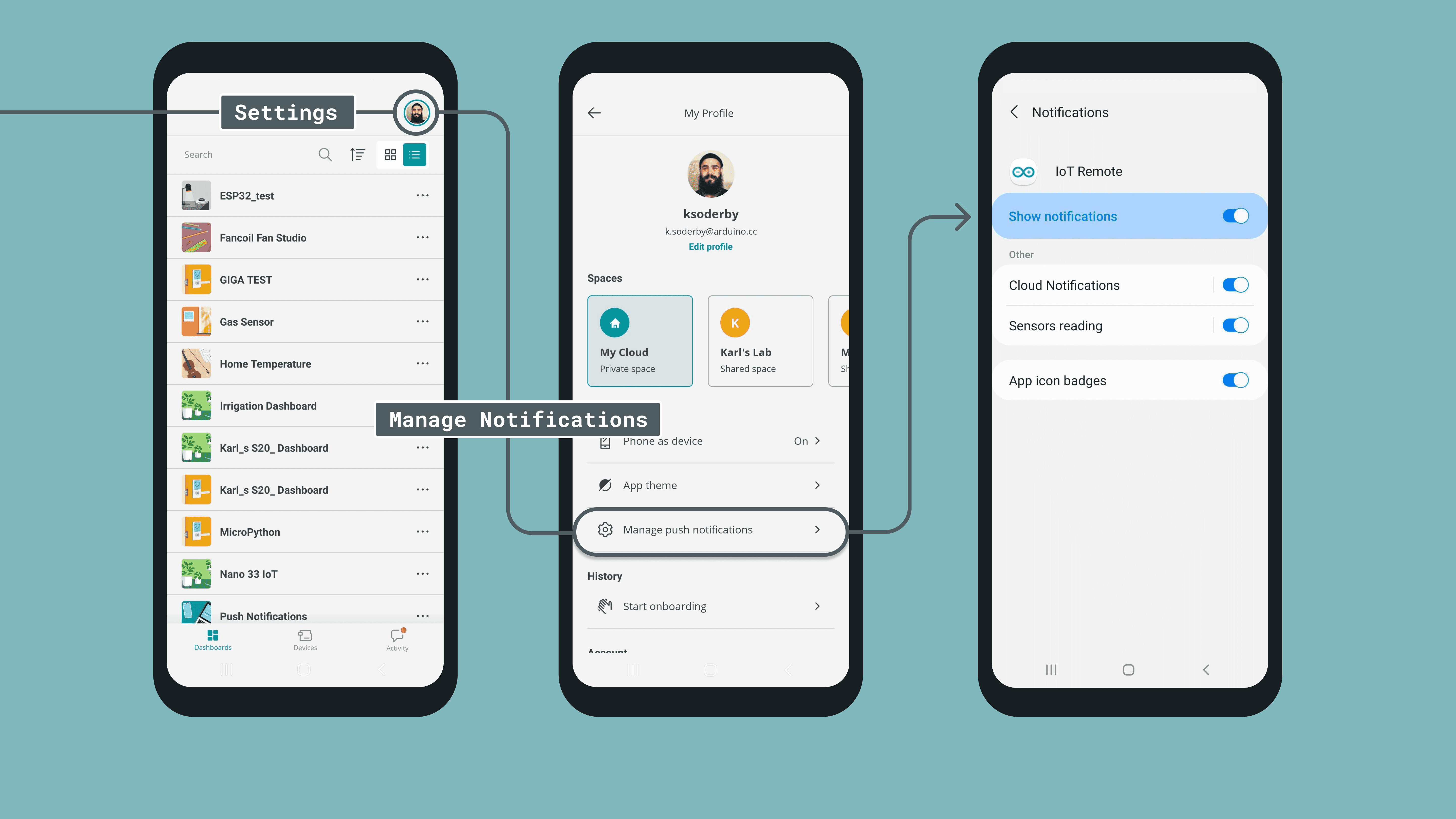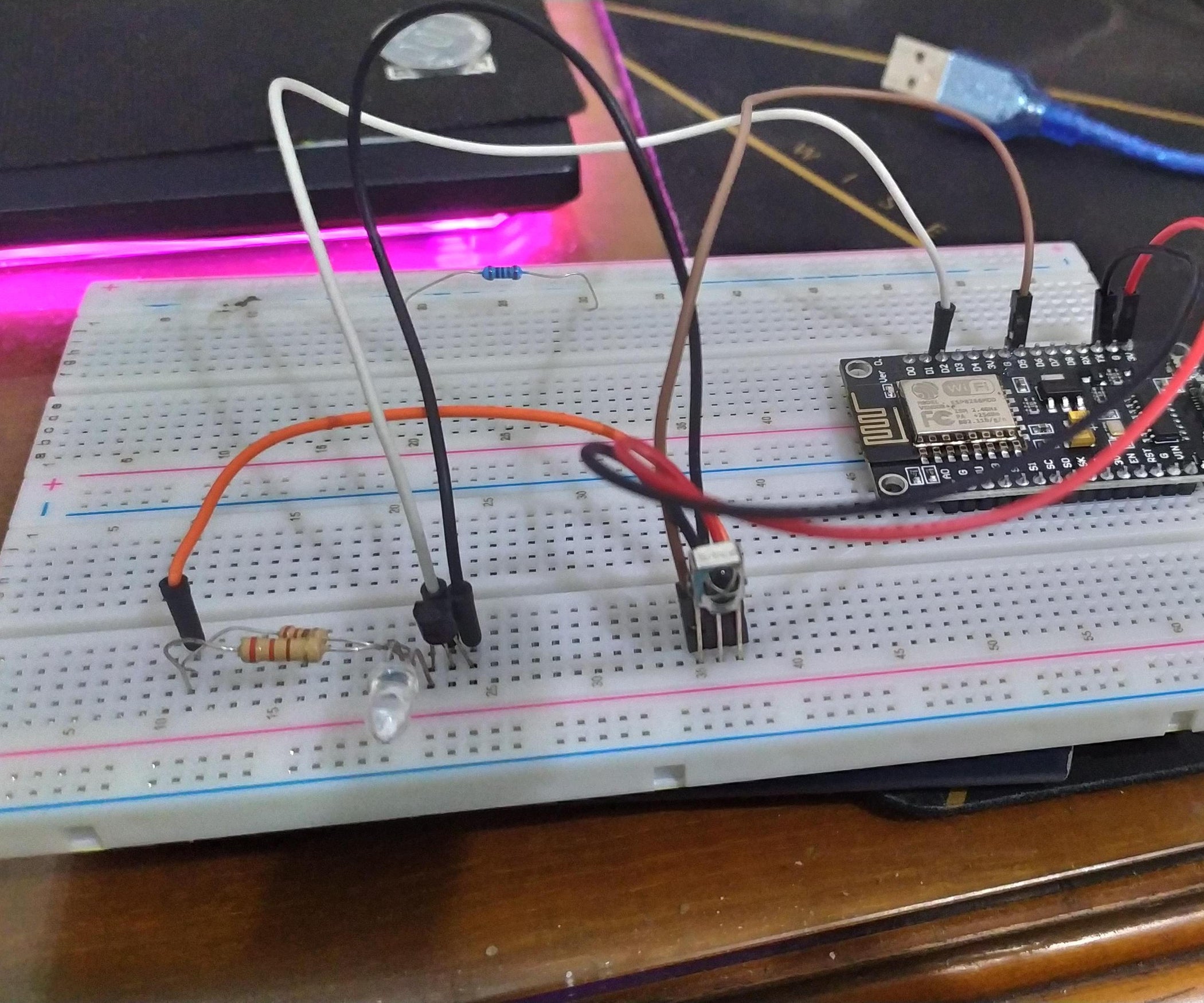Mastering IoT Remote SSH Tutorial: A Beginner's Guide To Secure Connections
Imagine this: You're sitting in your favorite coffee shop, sipping on a latte, and you suddenly need to access your IoT devices back home. But how do you do that without compromising security? Enter the world of IoT remote SSH tutorial, your ultimate guide to staying connected and protected. This article will walk you through the basics, tools, and best practices to ensure your IoT devices are always within reach, no matter where you are.
If you're new to the concept of IoT and remote SSH, don't worry. We'll break it down step by step, making sure you understand the importance of secure connections in today's interconnected world. Whether you're managing smart home devices or industrial IoT setups, mastering SSH is a skill that will serve you well.
So, grab your favorite beverage, get comfortable, and let's dive into the fascinating world of IoT remote SSH. By the end of this tutorial, you'll have the knowledge and tools to confidently manage your IoT devices from anywhere in the world.
- Life Below Zero Tragedy What Befell Sues Granddaughter
- Aryan Khans Grandparents Tracing The Family Lineage
What is IoT Remote SSH?
Let's start with the basics. IoT stands for the Internet of Things, and it refers to the network of physical devices, vehicles, home appliances, and other items embedded with sensors, software, and connectivity that allows them to exchange data. Now, SSH, or Secure Shell, is a cryptographic network protocol that lets you securely connect to a remote device over an unsecured network.
When you combine IoT with SSH, you get a powerful tool that enables you to remotely access and manage your IoT devices with encryption and authentication. It's like having a digital key that unlocks your devices no matter where you are. But remember, just like any key, it needs to be used responsibly.
Why Use IoT Remote SSH?
There are plenty of reasons why you should consider using IoT remote SSH. First and foremost, it's secure. Unlike other methods that might leave your devices vulnerable, SSH encrypts all communication between your device and the server. This means that even if someone intercepts your data, they won't be able to make sense of it.
- Richard Schiff A Renowned Actor And Family Man
- Lawanda Roosevelt An Inspiring Story Of Perseverance And Empowerment
Another advantage is convenience. With IoT remote SSH, you can access your devices from anywhere in the world as long as you have an internet connection. Whether you're troubleshooting a problem or simply checking in on your devices, SSH makes it easy to stay connected.
Benefits of Using SSH for IoT
- Enhanced security through encryption
- Remote access from anywhere
- Easy to set up and use
- Wide range of applications
- Supports multiple authentication methods
Setting Up IoT Remote SSH: Step-by-Step Guide
Now that you understand the importance of IoT remote SSH, let's walk through the steps to set it up. This guide assumes you have a basic understanding of networking and Linux commands. If not, don't worry, we'll explain everything along the way.
Step 1: Install SSH Server on Your IoT Device
The first step is to install an SSH server on your IoT device. Most Linux-based IoT devices come with OpenSSH pre-installed, but if yours doesn't, you can easily install it using the package manager. For example, on a Raspberry Pi, you can enable SSH by running:
sudo systemctl enable ssh
sudo systemctl start ssh
And just like that, your device is ready to accept SSH connections.
Step 2: Find Your Device's IP Address
Before you can connect to your device, you need to know its IP address. You can find this information by running:
ifconfig
or
ip addr
This will display a list of network interfaces and their corresponding IP addresses. Make note of the one assigned to your device.
Step 3: Connect to Your Device
With your device's IP address in hand, you can now connect to it using an SSH client. On most Linux and macOS systems, you can use the built-in SSH client by running:
ssh username@ip_address
Replace "username" with the username on your IoT device and "ip_address" with the IP address you noted earlier. If everything is set up correctly, you should now be connected to your device.
Securing Your IoT Remote SSH Connection
While SSH is secure by default, there are additional steps you can take to further protect your connection. These steps are especially important if your IoT devices are exposed to the internet.
Use Strong Passwords
One of the simplest yet most effective ways to secure your SSH connection is to use strong passwords. Avoid using common words or phrases and make sure your password is a mix of uppercase and lowercase letters, numbers, and symbols.
Enable Public Key Authentication
Public key authentication is a more secure alternative to password-based authentication. It works by generating a pair of keys – a public key and a private key. The public key is stored on your IoT device, while the private key is kept on your local machine. When you connect, your device verifies your identity using these keys.
To enable public key authentication, follow these steps:
- Generate a key pair using ssh-keygen
- Copy the public key to your IoT device using ssh-copy-id
- Disable password authentication in the SSH server configuration
Change the Default SSH Port
By default, SSH runs on port 22. While this is convenient, it also makes your device an easy target for automated attacks. Changing the SSH port to something less common can help deter attackers.
To change the SSH port, edit the SSH server configuration file:
sudo nano /etc/ssh/sshd_config
Look for the line that says "Port 22" and change it to a different number, such as 2222. Then, restart the SSH service:
sudo systemctl restart ssh
Best Practices for IoT Remote SSH
As with any technology, there are best practices you should follow to ensure your IoT remote SSH setup is as secure and reliable as possible.
Regularly Update Your Devices
Software updates often include security patches that protect against newly discovered vulnerabilities. Make sure to regularly update your IoT devices and the SSH server to keep them secure.
Monitor Your Connections
Keep an eye on who's connecting to your devices. Most SSH servers log connection attempts, so you can review these logs to detect any suspicious activity.
Use a Firewall
A firewall can help protect your devices by limiting access to only trusted IP addresses. This adds an extra layer of security and reduces the risk of unauthorized access.
Common Issues and Troubleshooting
Even with the best setup, things can go wrong. Here are some common issues you might encounter when using IoT remote SSH and how to troubleshoot them.
Connection Refused
If you're unable to connect to your device, the first thing to check is whether the SSH server is running. You can do this by running:
sudo systemctl status ssh
If the service isn't running, start it using:
sudo systemctl start ssh
Permission Denied
This error usually occurs when the username or password is incorrect. Double-check that you're using the right credentials and that you have the necessary permissions to access the device.
Timeout Error
A timeout error might indicate a network issue. Make sure your device is connected to the internet and that there are no firewalls blocking the connection.
Advanced Topics in IoT Remote SSH
Once you've mastered the basics, you can explore more advanced topics to further enhance your IoT remote SSH setup.
Tunneling
SSH tunneling allows you to securely transfer data between your local machine and a remote server. This can be especially useful if you need to access a service that's only available on your IoT device.
SSH Config File
The SSH config file lets you store connection settings for different devices, making it easier to connect to them. You can create a new entry by adding the following to your ~/.ssh/config file:
Host mydevice
HostName ip_address
User username
Port 2222
Now, you can connect to your device using:
ssh mydevice
Conclusion
In this IoT remote SSH tutorial, we've covered everything from the basics to advanced topics to help you securely manage your IoT devices from anywhere in the world. Remember, security should always be your top priority, so make sure to follow best practices and regularly update your devices.
We encourage you to share your thoughts and experiences in the comments below. Have you encountered any unique challenges while setting up SSH for your IoT devices? Let us know, and don't forget to check out our other articles for more tips and tricks on IoT and networking.
Table of Contents
- What is IoT Remote SSH?
- Why Use IoT Remote SSH?
- Setting Up IoT Remote SSH: Step-by-Step Guide
- Securing Your IoT Remote SSH Connection
- Best Practices for IoT Remote SSH
- Common Issues and Troubleshooting
- Advanced Topics in IoT Remote SSH
- Conclusion



Detail Author:
- Name : Zelda Zulauf
- Username : frank50
- Email : pkunde@hotmail.com
- Birthdate : 2001-05-07
- Address : 899 Mraz Vista Apt. 480 South Marie, MI 94591-9085
- Phone : 1-609-406-4073
- Company : Bailey, Kemmer and Barton
- Job : Distribution Manager
- Bio : Mollitia accusamus magni maxime est autem dolor itaque. Repellendus nostrum dolorem asperiores vero consequatur natus vel. Nihil architecto iusto ipsam porro accusamus esse.
Socials
linkedin:
- url : https://linkedin.com/in/lucie_hyatt
- username : lucie_hyatt
- bio : Vel assumenda quia harum.
- followers : 1468
- following : 2407
tiktok:
- url : https://tiktok.com/@lhyatt
- username : lhyatt
- bio : Est et optio et maxime. Qui reiciendis accusantium quas natus voluptatibus.
- followers : 5128
- following : 203
twitter:
- url : https://twitter.com/lucie_hyatt
- username : lucie_hyatt
- bio : Aut voluptatum ut fugiat molestiae iusto sequi. Dolores iusto occaecati sunt placeat ut. Non quia est pariatur tempore voluptatem.
- followers : 5623
- following : 1128